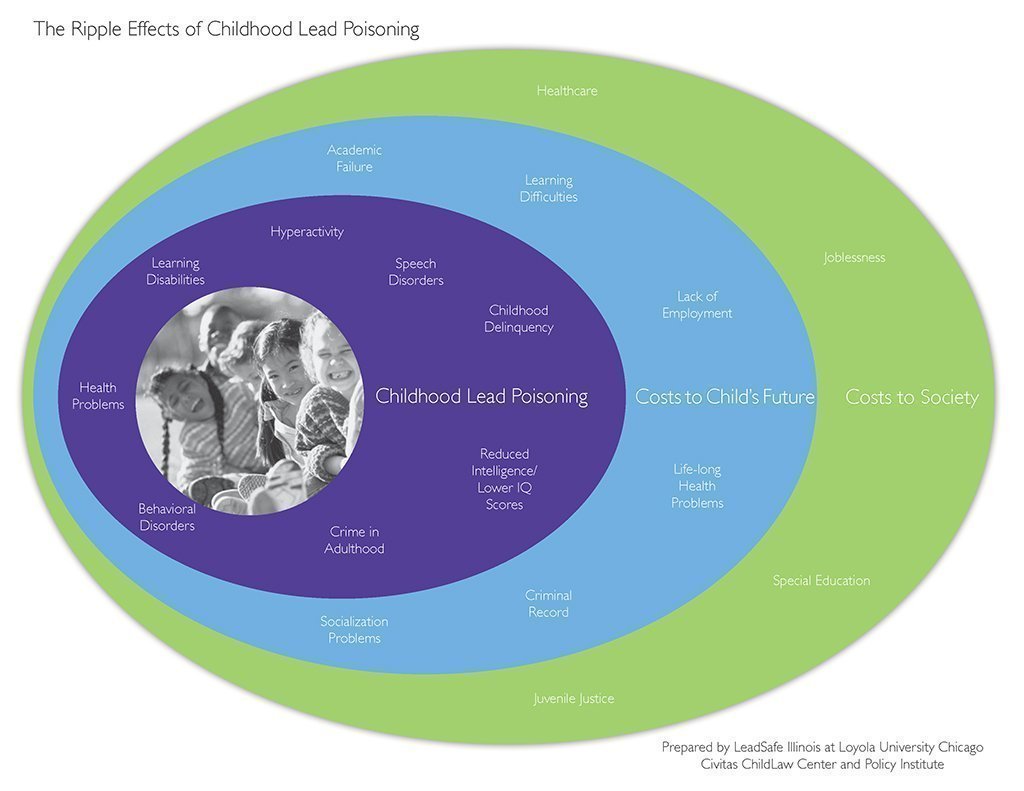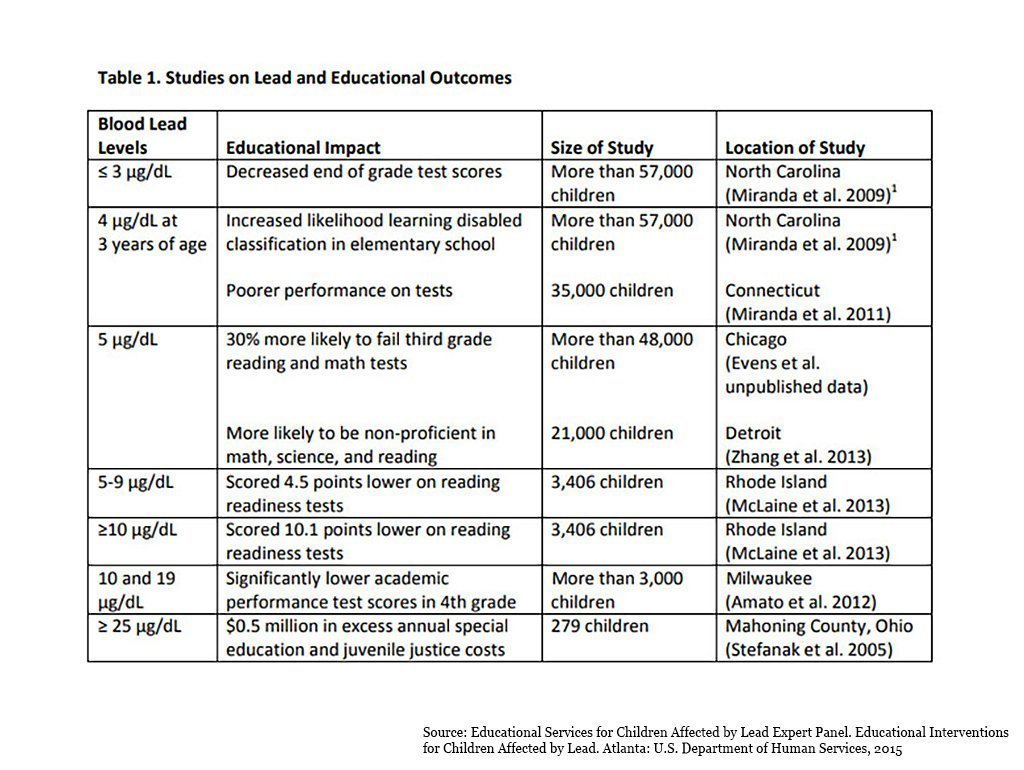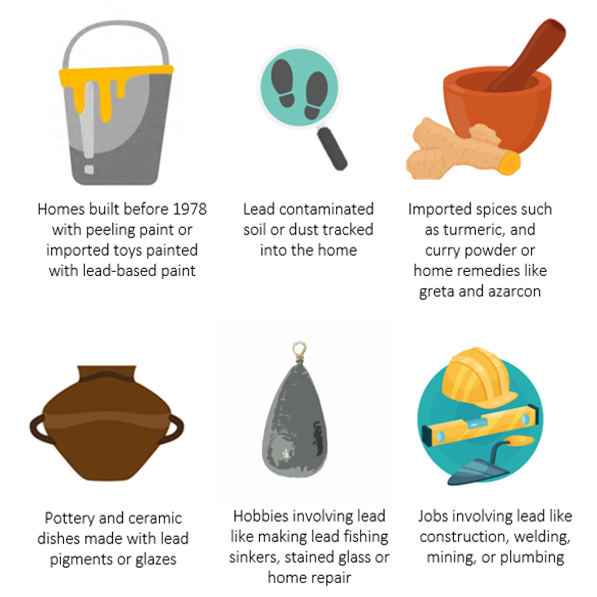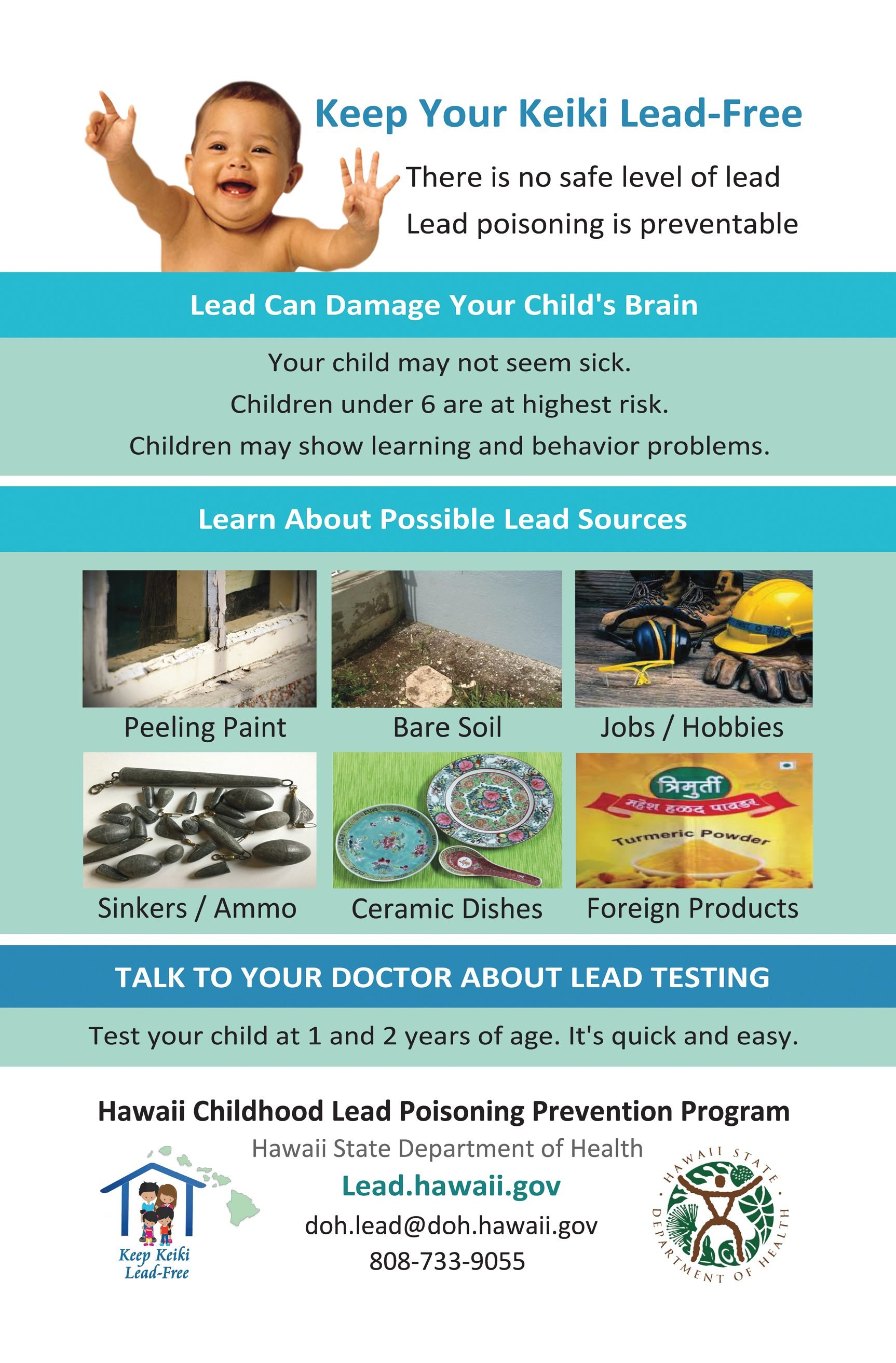There is no safe level of lead.
Young children are at high risk for lead poisoning because their bodies are still developing and absorb more lead. Young children also like to play on the ground and tend to put their hands and other objects into their mouth, putting them at risk for swallowing or breathing in lead that is around them. Exposure to lead, even at low levels, can seriously harm a child’s health and brain development, causing slowed growth, lower IQ and problems with learning and behavior. Not all children will show signs of lead poisoning right away, but the damage caused by lead exposure is permanent.
Approximately 1 out of every 100 children tested in Hawaii from 2013 to 2018 had an elevated blood lead level.
Lead exposure at any level can affect a child’s health and brain development, but it can be prevented!
Lead is a toxic metal that is dangerous to your family’s health. You may be exposed to sources of lead in your everyday environment like lead-based paint, contaminated soil, contaminated dust, and from products you use on a daily basis. Young children like to play on the ground and put their hands or other objects in their mouth, putting them at risk for swallowing or breathing in the lead that is around them. Pregnant women who are exposed to lead can pass on lead to their unborn baby, causing pregnancy complications and negative birth outcomes.Why is Lead a Problem?
Common Sources of Lead In Hawaii
Lead-based paint is the most common source of childhood lead exposure. If your house was built before 1978, it may contain lead-based paint. This lead may still be on painted walls, floors, ceilings, and window sills, or on the exterior of the house. Decaying, peeling, or flaking paint can introduce lead into household dust and can expose your child to a lead hazard. If you live in an old home and your paint is decaying or you are worried that child may have lead poisoning, consider having your house tested for lead. See the section Contractors, Painters, Home Repair for more information on testing your home for lead and safely repairing the deteriorating paint.
Your child can be exposed to lead outside of your home. When determining where your child may be exposed to lead, consider places your child visits frequently such as a child care center, a preschool, or a family member’s home.
Download the Living With Lead Booklet for a detailed list of lead sources.
Help Your Child Learn And Grow
Children are born learning and it is important to encourage that curiosity to learn. Lead-exposed children may have a harder time learning and may develop at a slower pace than other children. This is because lead causes damage to a child’s brain.
Your child uses every day experiences and encounters as a learning opportunity. You can help your child learn and grow by spending one-on-one time with your child, doing fun developmental activities, and enrolling your child in an early childhood program.
The Lead Poisoning Prevention Program also works with the Hi’ilei Developmental Screening Program. Hi’ilei is a free resource for children from birth to 5 years. The program provides your child with FREE developmental screenings, information on community resources, and a list of fun activities to make sure your child is developing like other children their age. Families can complete a developmental screening online or receive a questionnaire by mail.
Visit Lead.hawaii.gov for more information.
http://health.hawaii.gov/cshcn/files/2018/12/Keep-Your-Keiki-Lead-Free-HI-CLPPP.pdf








